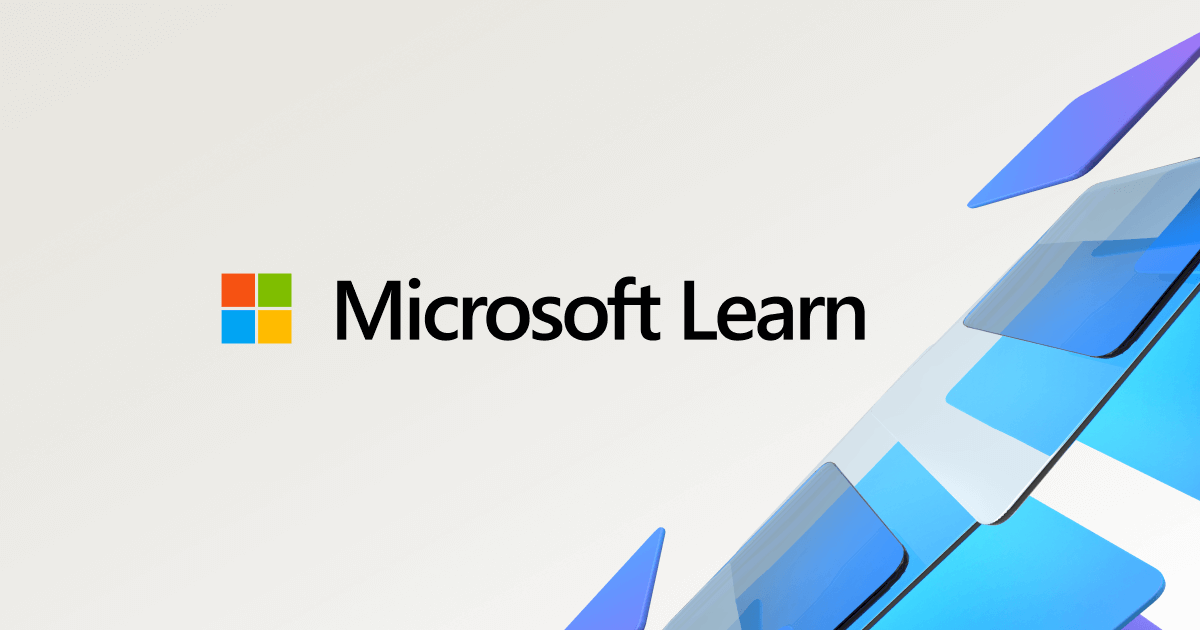Emrebel
Adept
Today Windows decided to force the update on the system to Windows 10 20H2.
After the update it takes almost 5 minutes fore to login to desktop.
Heck it takes atleast 1min for login screen to come up.
Anyone else facing similar issues?
Any help to resolve the issue.
It will force me to update to ssd on the laptop
After the update it takes almost 5 minutes fore to login to desktop.
Heck it takes atleast 1min for login screen to come up.
Anyone else facing similar issues?
Any help to resolve the issue.
It will force me to update to ssd on the laptop


